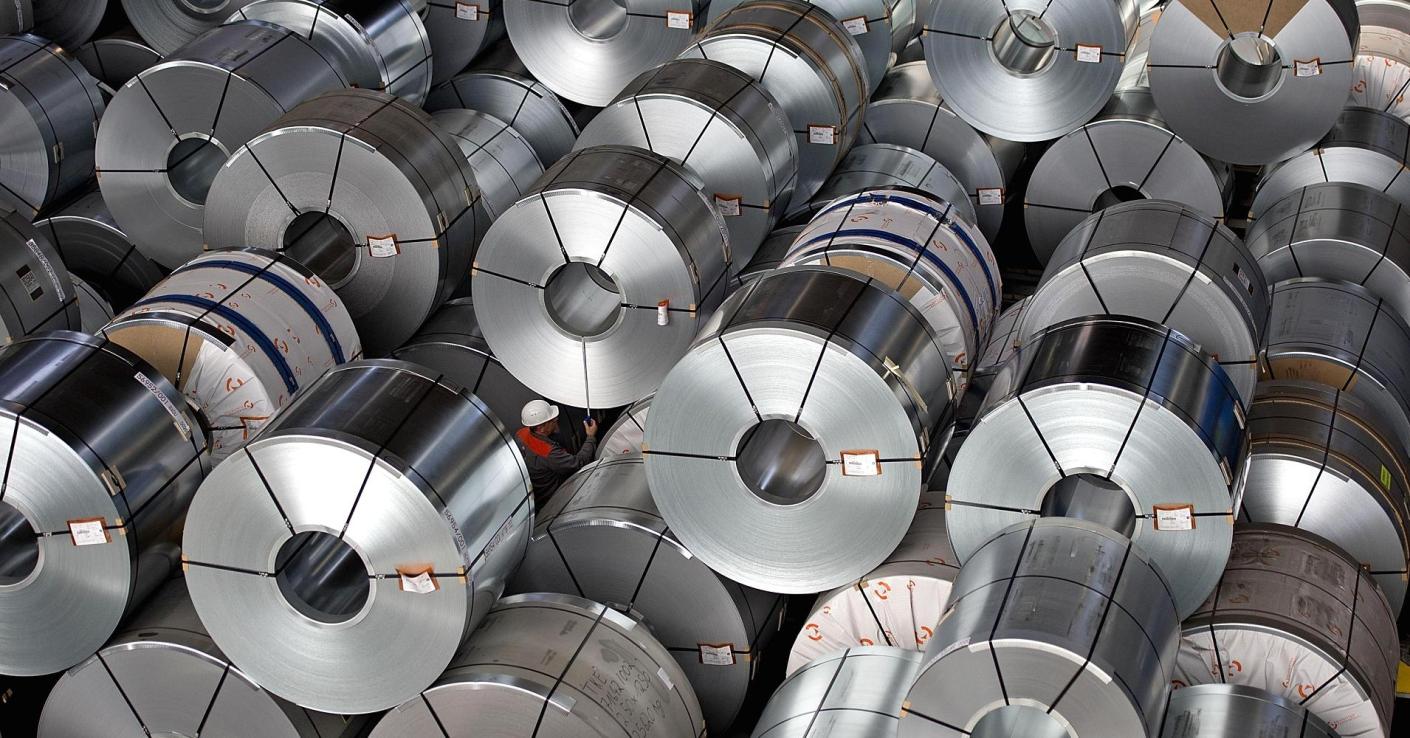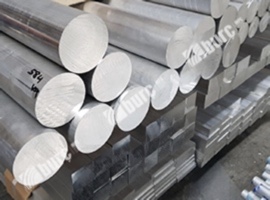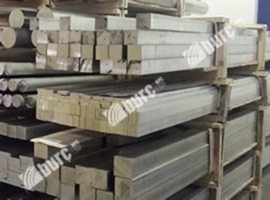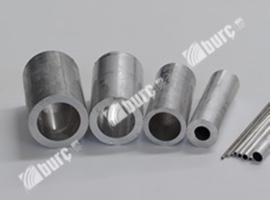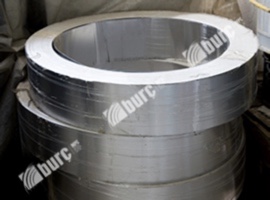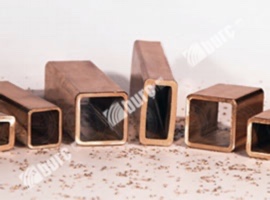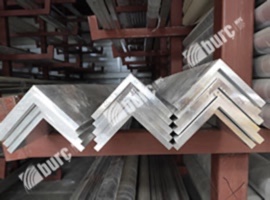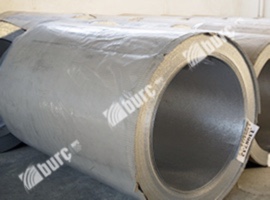Stainless Steel
Stainless steels are a family of steels with at least 11% chromium in their composition.
As bushing MPC, the main element that provides high corrosion resistance of these steels that we have in our structure is the presence of a dense, ductile, very thin and transparent oxide layer that is strongly clung to the surface. Thanks to this very thin amorphous layer, stainless steels gain resistance to corrosion by acting passively in chemical reactions. The oxide layer in question is formed in environments where oxygen is present, and is associated with external effects (cutting, wear, machining, etc.) even if it breaks down, it regains its old property by repairing itself. In general, stainless steels are divided into five main groups; Ferritic, martensitic, austenitic, ferritic-austenitic (Duplex), alloys that can be applied to precipitation hardening.
The most widely used of these groups are undoubtedly austenitic and ferritic stainless steels. Ferritic stainless steels are low carbon and contain 12-18% chromium, while austenitic stainless steels mainly contain 18% chromium and 8% nickel. Ferritic stainless steels can be magnetized as they do not contain nickel in their alloy. When the composition of total stainless steel production is examined, it is seen that austenitic stainless steels are the most used stainless steel in production with 70%. The fact that stainless steel can be produced in different physical and chemical properties has enabled it to be used in many different areas today, from kitchen and household appliances to the automotive industry, from machine manufacturing to the construction sector.
Rod, Llama, Sheet, Pipe, Strip, Profile, Angle, Coil, Plate

